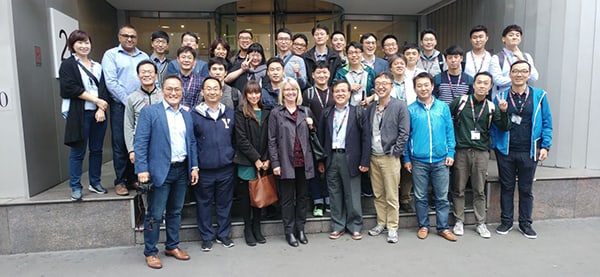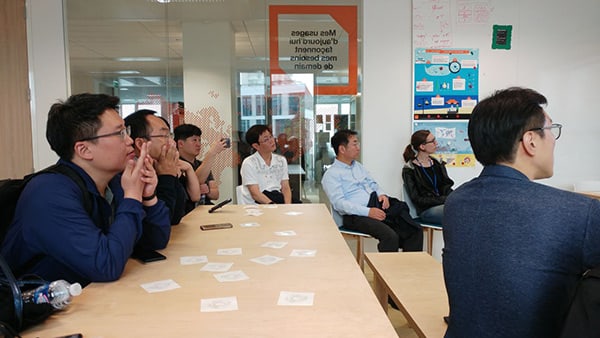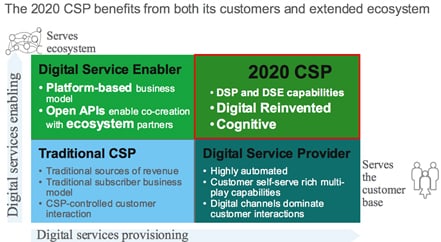
In fact, it already has started – and has been running autonomously for over 8 years. It’s called Multi Agent System, one of the branches of AI. It has evolved rapidly into many different forms, but most impressively one of its forms is autonomous. It pays for itself, it lives independently, and the first successful implementation has been living on this planet for over 8 years now. Not only does it earn its living, it also incentivizes people to work for it.
For the very first time, we have an unstoppable autonomous living organism built by us, not owned by us but owned by itself. It currently consumes over $3Billion USD a year in resources, and many AI top global experts are starting to embrace and understand its autonomous nature. Initially, most of them did not think it was AI, or even take the time to understand it, maybe because it was not created in AI Labs or academia and didn’t evolve as an AI project, but rather through a series of organic evolutionary steps toward financial independence from third parties to reduce transactions frictions
The technology was built by elite cryptographers and computer scientists, game theorists and lawyers. Don’t let the name of this group name fool you into thinking it is lacking in sophistication. Cypherpunks created many versions of electronic decentralized value exchange systems until one took off: it’s called Bitcoin. Since then, it has created over 20 million jobs and is thought by many to be the start of the next major revolutionary innovation, bigger than the internet.
Now, it is about to get additional AI components and protocol upgrades, and will soon be living jointly on almost every electronic device, not necessarily in its current protocol but certainly in an evolved, efficient and scalable version. It may not be even called Bitcoin, but while the evolutionary steps are referred to as layer 2, layer 0, version 2.0, 8.8 or whatever it is called, the fact remains that the start of this revolutionary technology began with Bitcoin.
It will continue paying for itself and for the people working on it. Many refer to the same technology as blockchain. Currently, blockchain represents at the very least, a living proof of autonomous electronic life and independence. Like it or not, it will soon become the backbone of our entire financial system, real estate, internet, cybersecurity and anything of value to be exchanged or transmitted.
In its initial state, several components were missing, which are now in the process of being implemented to truly disrupt current systems by enabling efficient access to the emerging market for financial inclusion in a complete decentralized setting.
The three major components currently being implemented are:
- True and immune decentralization. Most people on the planet do not have the capability to own large computers, servers or any of the existing sophisticated machinery to operate a node into the system, but they do have smartphones.
- Scalable and Efficient. These two go hand in hand. Scalability needs to have a throughput of millions of transactions per second, on-chain. And the efficiency must be increased by a factor of 80 to 90 in order to be considered disruptive while run secure by design.
- Open and unrestricted access to everyone on the planet, just like oxygen and water. People work for their money and must have full, uncensored and unrestricted access to their own money.
This technology could utilize servers, cloud or other servers but it must not depend on them, not in any shape or form. Decentralization is a cyber security feature and like any cyber security, it is only as good as its weakest link. So if the entire system depends on an elected group of nodes, the elector may even become corrupt and then we are back to square one. Blockchain, just like the Internet, will not and can not have any centralized elements that it depends on, or else it risks becoming an inferior intranet. However, it could certainly have peripheral systems such as tax and financial services. True decentralization must enable the entire system to be dependent only on what everyone has access to: smartphones, 10 seconds to install, nothing else.





















